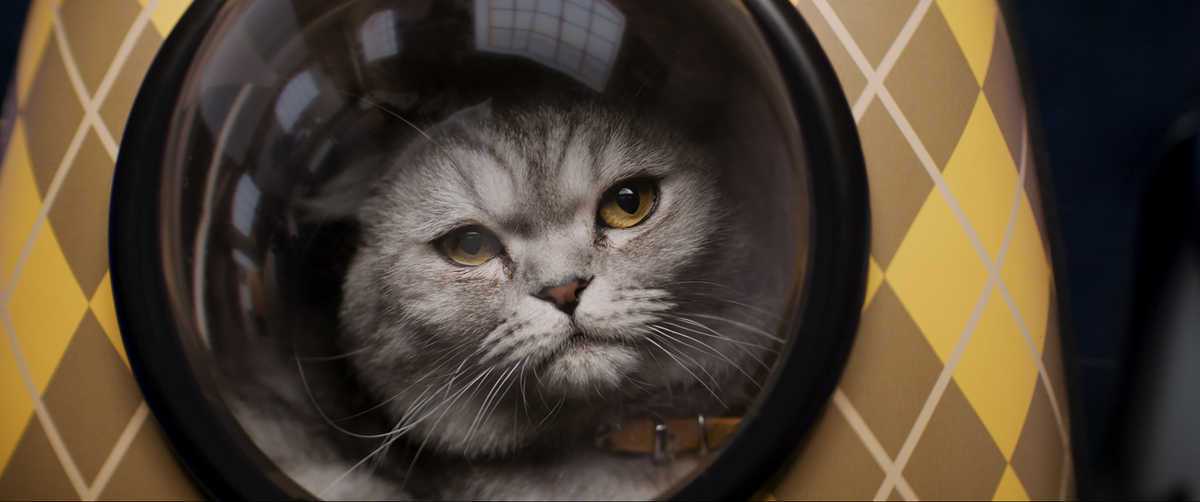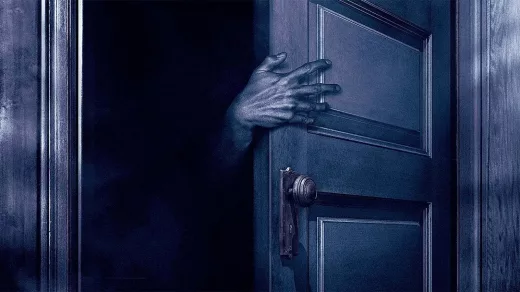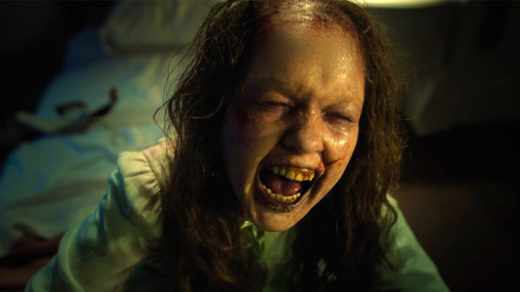Forty-Five Years Later: Consumerism and ‘Dawn of the Dead’
– George A. Romero’s 1978 film “Dawn of the Dead” acts as a satirical exploration of consumerist America and the de-evolution of humanity through a post-apocalyptic lens, examining societal issues within the confines of a shopping mall overrun by the undead.
– The film’s narrative follows four main characters attempting to survive within the mall, juxtaposing the mindless consumption of resources with interpersonal dynamics and societal collapse, while a group of marauders and internal crises threaten their semblance of sanctuary.
– “Dawn of the Dead” is part of Romero’s larger critique on modern life and is celebrated for its bold thematic messaging, blending horror with dark humor and social commentary, influencing the genre and reinforcing the need for the series to evolve and reflect on human nature.

The vividness of red—the initial color that grips viewers in George A. Romero’s classic zombie film “Dawn of the Dead” (1978)—is a harbinger for both the carnage and the transformative vision ahead. As this hue dominates the scene, it heralds the arrival of a stark new epoch, signaling an end to the old and setting the stage for a prolific director’s enveloping narrative.
When Romero introduced the world to the Monroeville Mall’s zombies in 1979, he indelibly etched his vision into the DNA of popular culture. The film crafts a satirical reflection on consumerist America, a biting commentary that chews through the fabric of a society gorged on materialism. Romero’s first entry, “Night of the Living Dead” (1968), had already reshaped the horror genre and had started a conversation around the metaphorical depth of onscreen monsters. It showcased how the undead could embody the essence of societal tensions stifled within race, gender, class, and privilege.
Time marched on before Romero revisited his world of the undead with “Dawn of the Dead.” He elevated the discourse into the full light of day, contrasting it with the moral greys of its predecessor by painting the ensuing chaos with the hopeful, if ironic, hues of a new day’s sunrise. In its blood-red opening, the film foreshadows the impending anarchy and sets the tone for future social examination.
In this film, Romero transplants the action from the claustrophobic confines of a farmhouse to the sprawling consumerist landscape of a shopping mall, the modern temple to materialism. As America staggers into disillusionment, Romero’s characters tackle the apocalypse with a cooperative fortitude, pitching new facets of the “American Dream” against the somber realities of an apocalypse.
Romero introduces us to Peter and Roger, two policemen challenging an unraveling social order even as it collapses. We witness a friendship unbound by race, a relationship that subverts the conventions of a society fraught with prejudice and inequality. This dynamic pairing, joined by fellow survivors Fran and Stephen, represents a microcosm of the archetypes thriving and decaying within the very fabric of American culture.
“Dawn of the Dead” delves into deeper philosophical territories as survivors grapple with the hollow pleasures of consumer indulgence against the backdrop of a world starved of substance. Their temporary sanctuary in the mall starkly contrasts the enduring human quest for meaning when all external support structures disappear.
The film also explores the dynamics of relationships, power, and the ideology of possession. Through its characters, “Dawn of the Dead” paints a sobering portrait of humanity’s struggle to let go of outdated and toxic paradigms, even as the survivors carve out an erroneous semblance of home amidst the ruins.
As the narrative unfolds, the real threat emerges not as the zombies but as the human tendencies leading to societal collapse. Echoing the underlying message, an observer in the film wryly notes the lack of direction in the attempts to flee the chaos—”any island” becomes a symbolic haven from a doomed civilization clinging to the vestiges of its past.
Romero was a filmmaker with a mission, and nowhere is his message more potent than in his zombie epics. “Dawn of the Dead” is embedded in the lexicon of horror as a vivid reflection of the human condition—grim, introspective, humorously self-aware, yet tinged with tragedy.
The infestation of the undead becomes a secondary concern to unraveling societal norms. Through the poignant narrative of “Dawn of the Dead,” Romero challenges his audience to look beyond the present and consider the lasting implications of their actions and ideologies.
The film’s closing moments leave us with a haunting image—zombies wandering the mall, mirroring the vacuous distractions of the living. It is a reminder that humanity loses its way in the absence of purpose, consuming without fulfillment until all that remains is an echo of what once was.
Through Romero’s lens, the dead have inherited the earth, revealing a truth perhaps too elusive for both the denizens of his world and his viewers: We may shape our destinies, but ultimately, the world shapes us, and a new day will dawn—with or without us. Romero’s legacy endures, ensuring that the reflection he cast on the human spirit remains undiminished, still remarkably resonant in its melancholic vibrancy.








 OpenCritic
OpenCritic